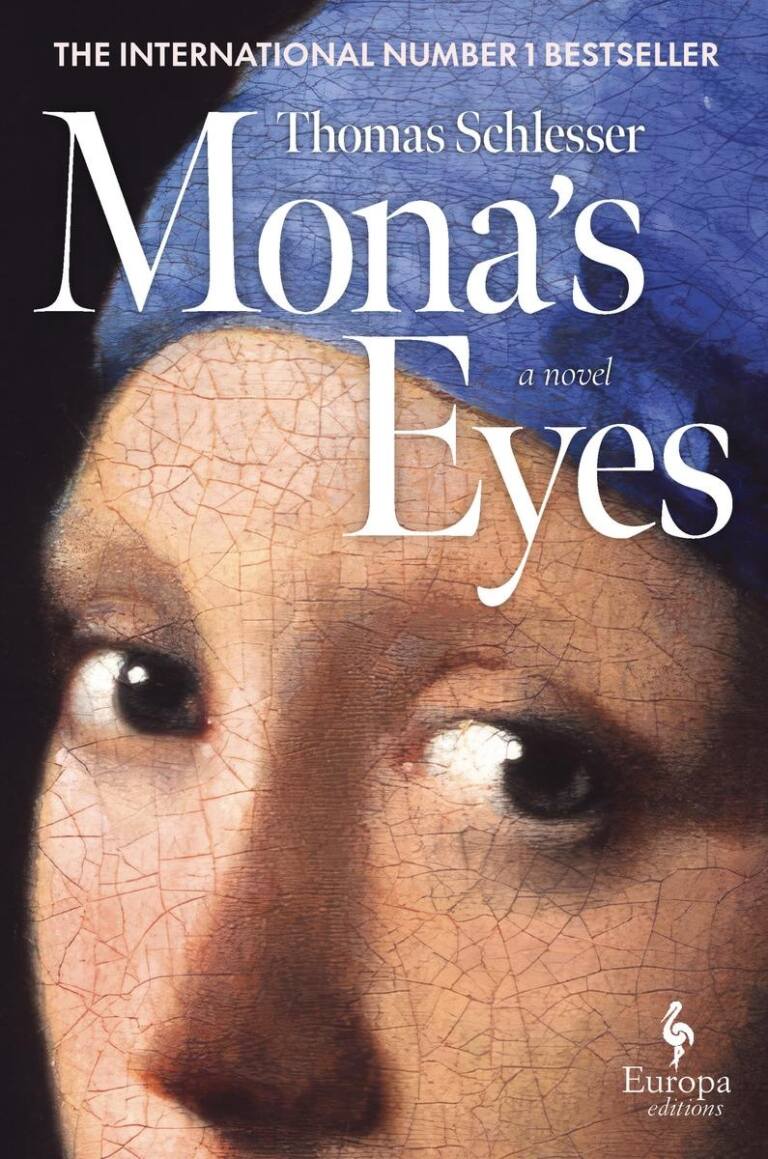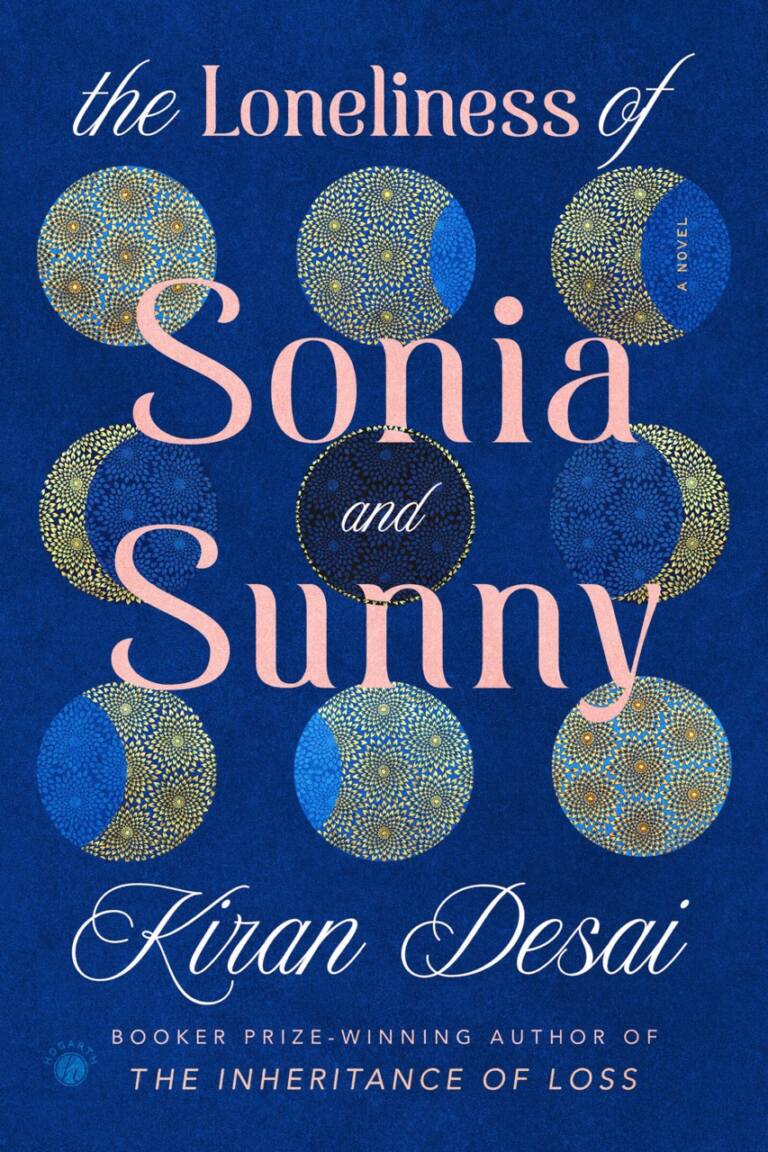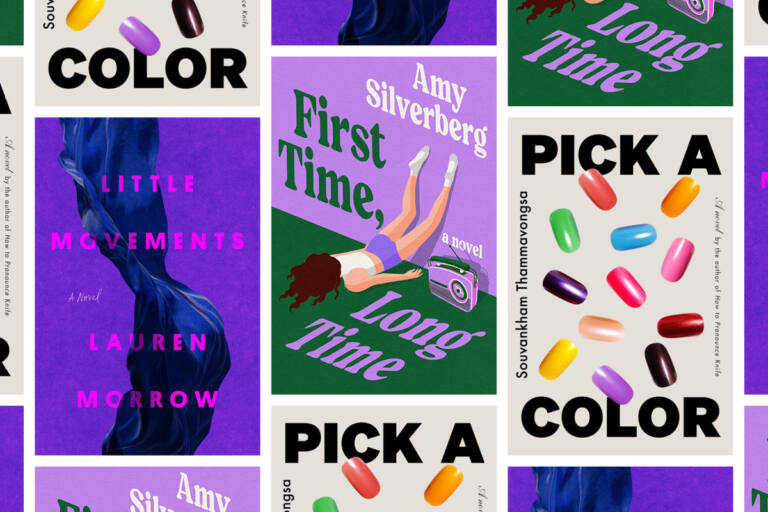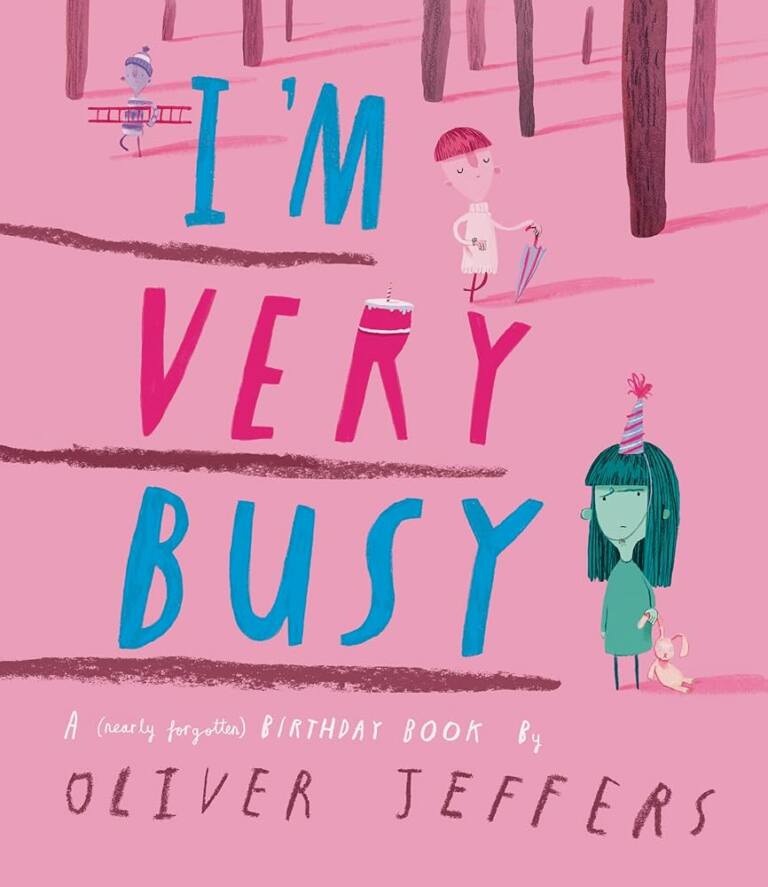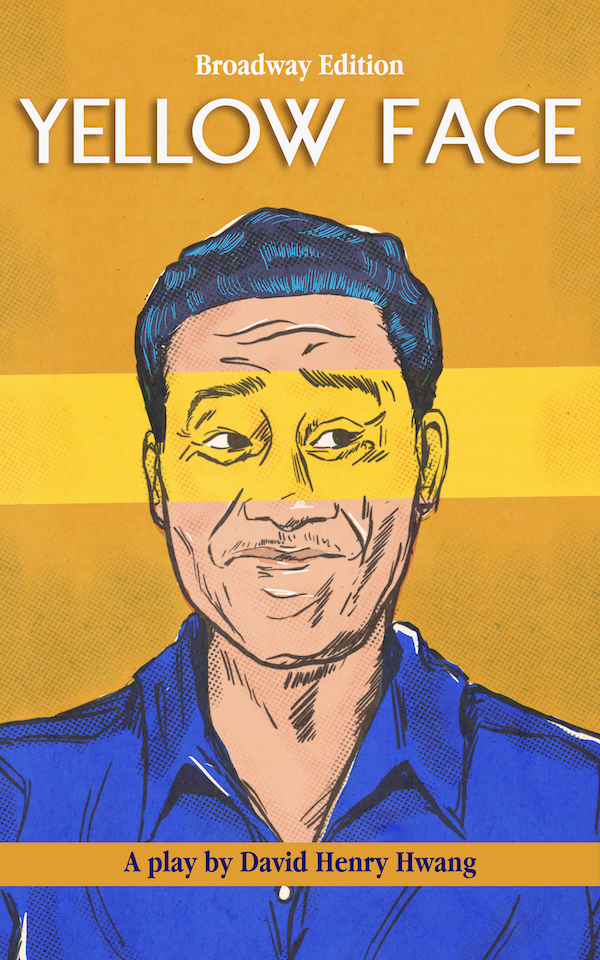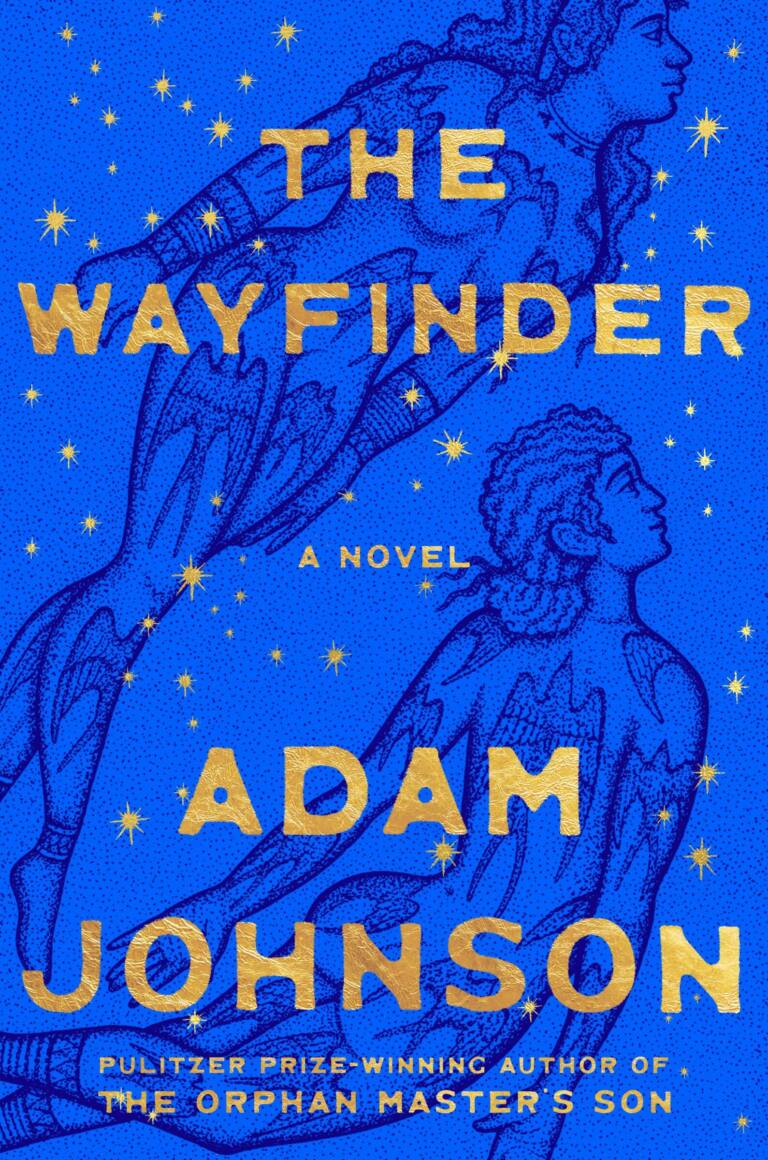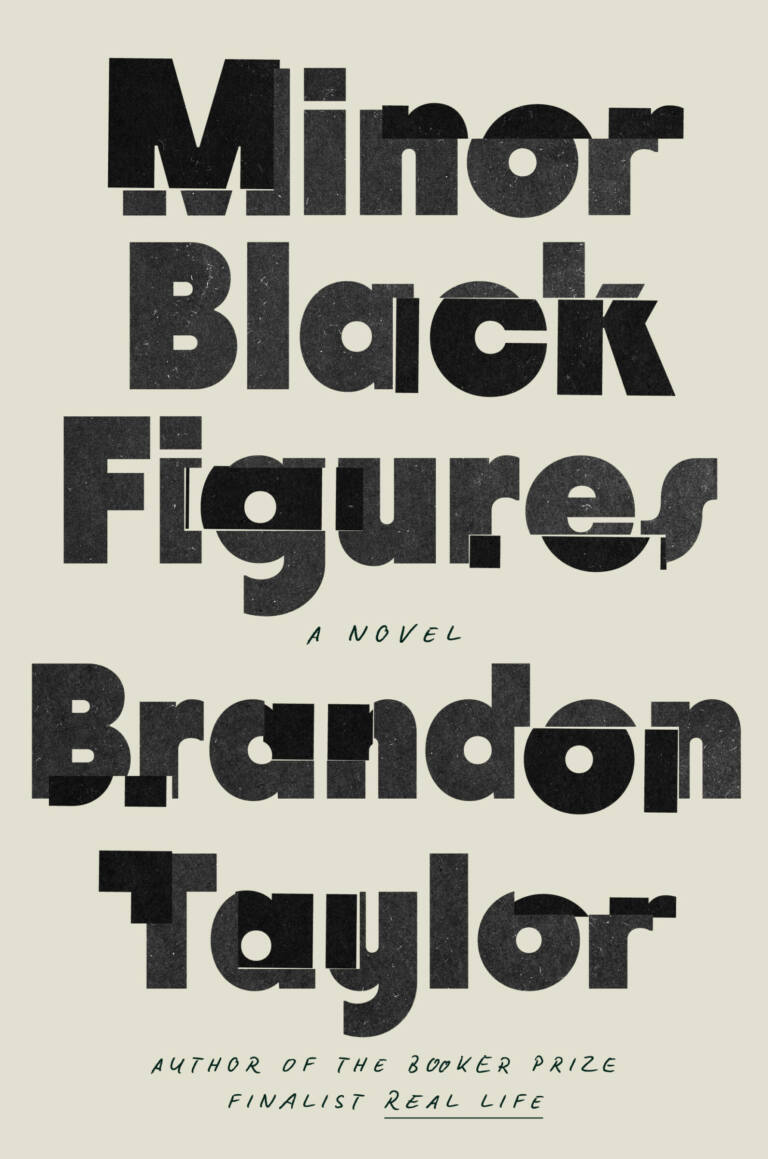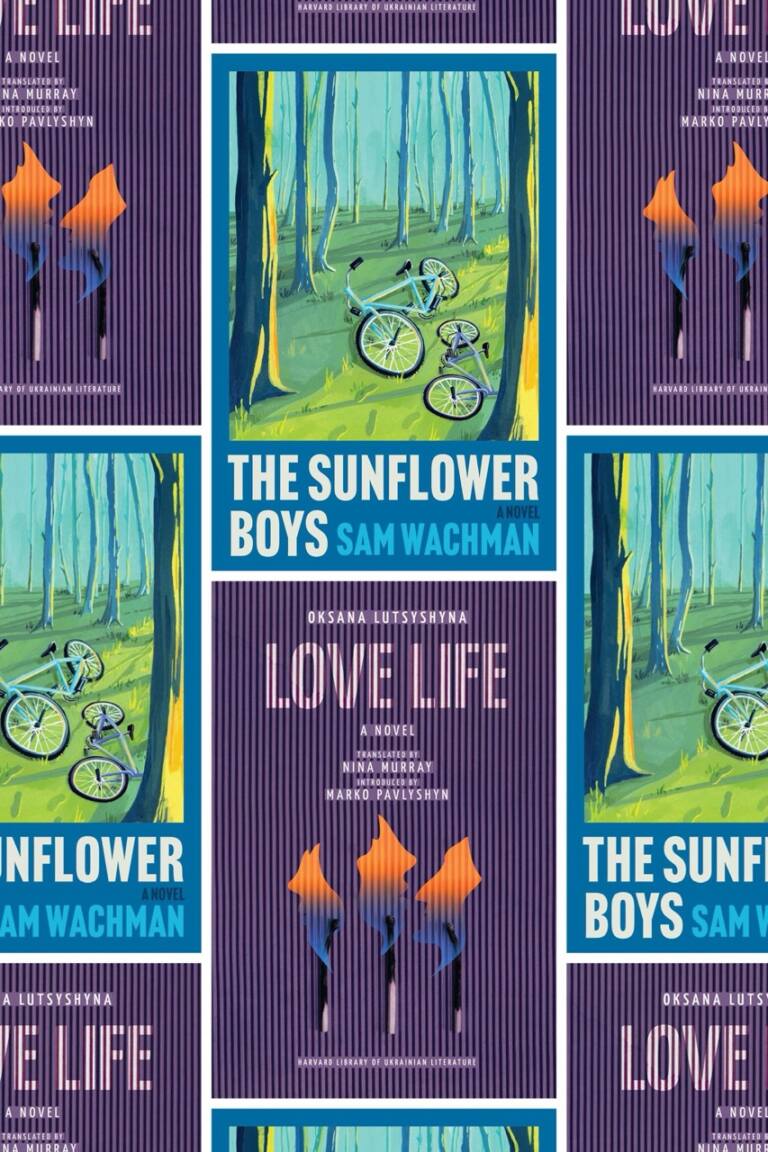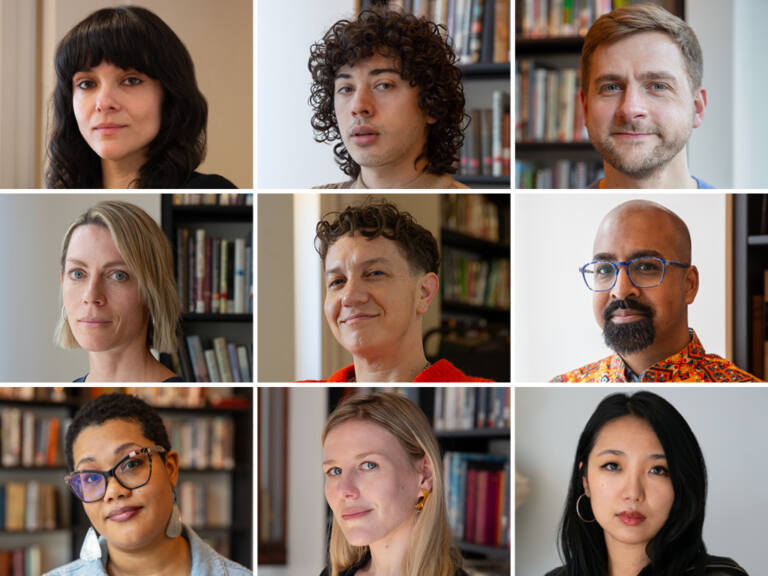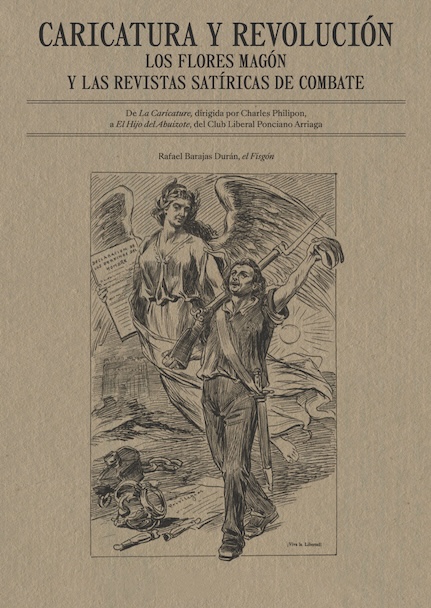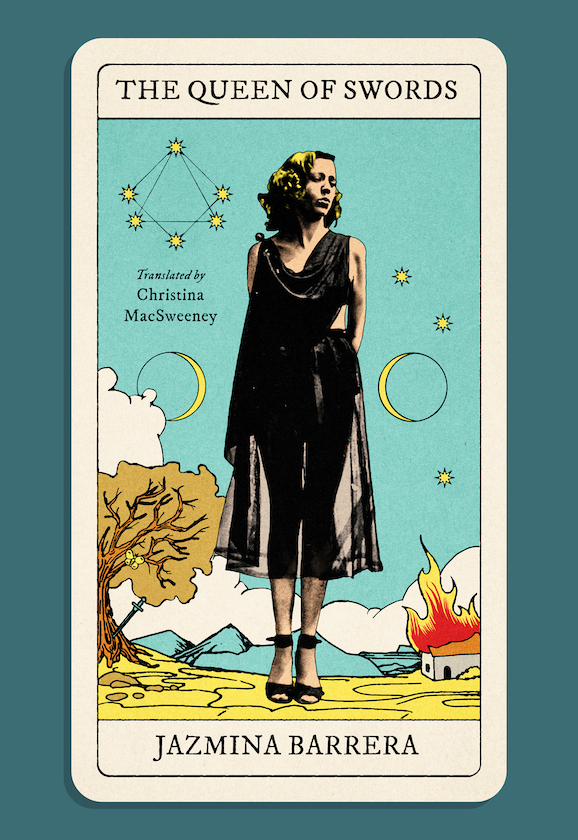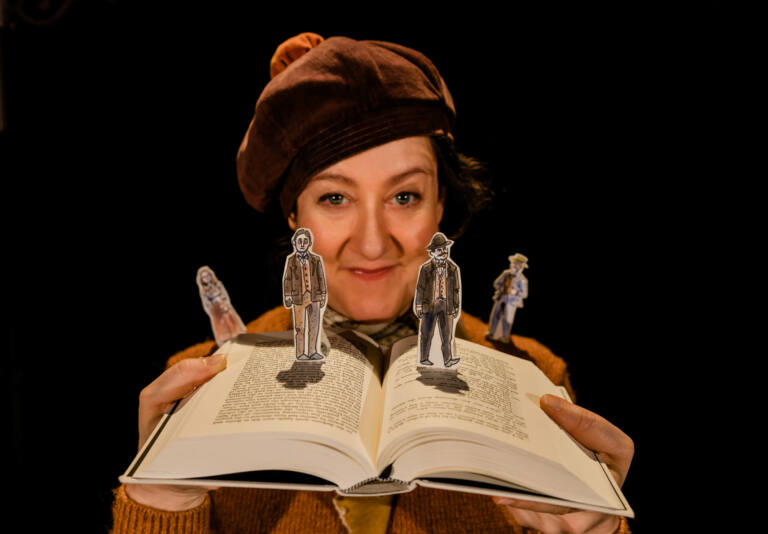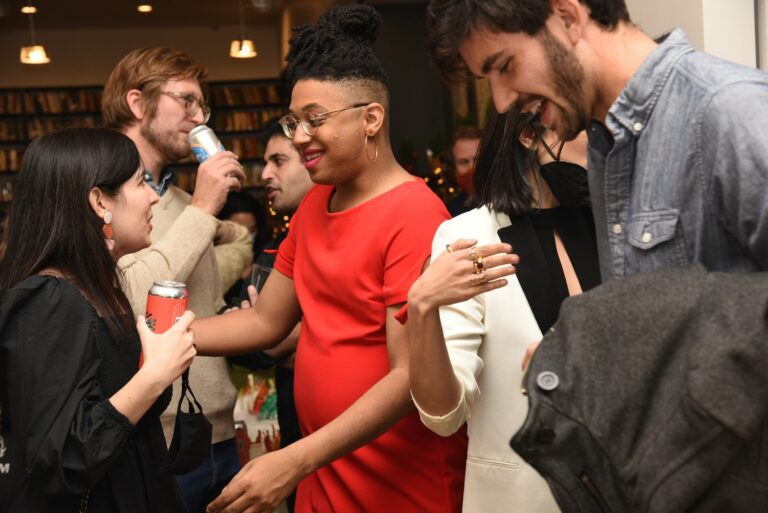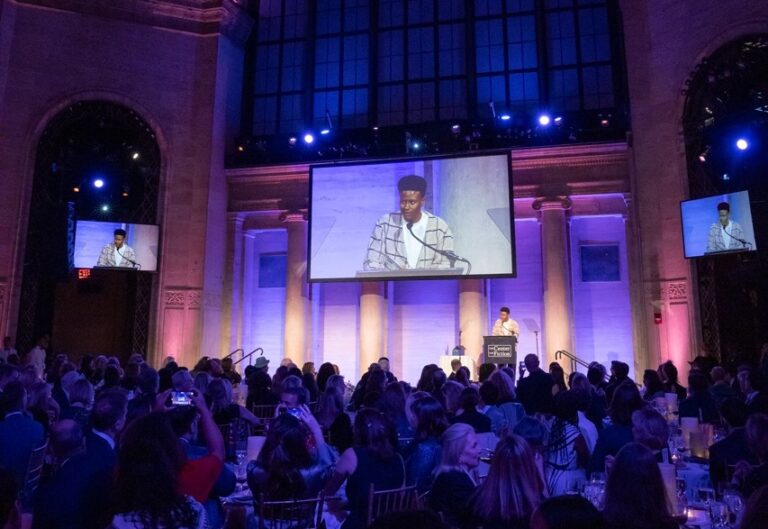The Center for Fiction Presents Urmila Seshagiri and Anne Fernald on the Experimental Fiction of Virginia Woolf
Thursday, 7:00 pm EDT - 8:15 pm EDT October 16, 2025
The Center for Fiction
& Livestreamed
Acclaimed author and professor Urmila Seshagiri joins us to celebrate the highly anticipated release of The Life of Violet, the first work of experimental fiction by Virginia Woolf.
The Life of Violet, a trio of interconnected stories edited by Seshagiri, tells the fantastical and satirical story of a giantess named Violet who radically redefines womanhood, rejects Victorian social traditions, and fights sea-monsters. This volume, well ahead of its time, dares to ask sweeping and rebellious questions: How do women find joy within and outside of societal expectations? How can a writer infuse defiance into the very form and plot of stories? Taking risks and blending adventurous anti-fairy tales with mock-biography and feminism, this text is also accompanied by rich historical details and photographs that contextualize its literary choices.
Seshagiri will be joined in conversation by Woolf scholar (and reading group leader at The Center for Fiction!) Anne Fernald. Don’t miss this discussion about editorship, womanhood, and memorial. After the event, stick around to talk all things Woolf over drinks from The Center’s Café & Bar.
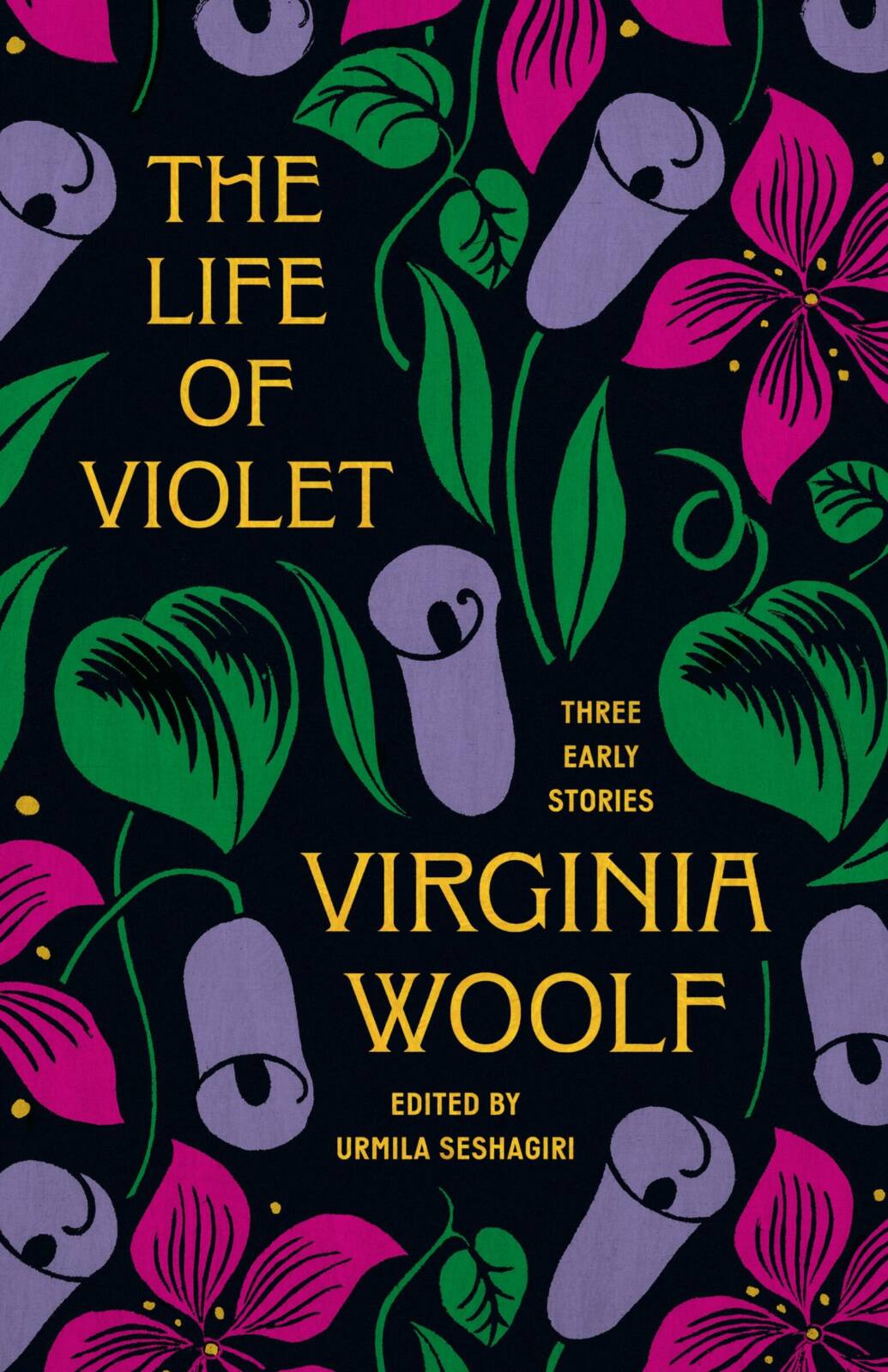
In Conversation
-

Urmila Seshagiri
Urmila Seshagiri
Urmila Seshagiri is a professor of English at the University of Tennessee, Knoxville. She is the author of Race and the Modernist Imagination, the editor of the Oxford World’s Classics edition of Virginia Woolf’s Jacob’s Room, and a contributor to the Los Angeles Review of Books.
-
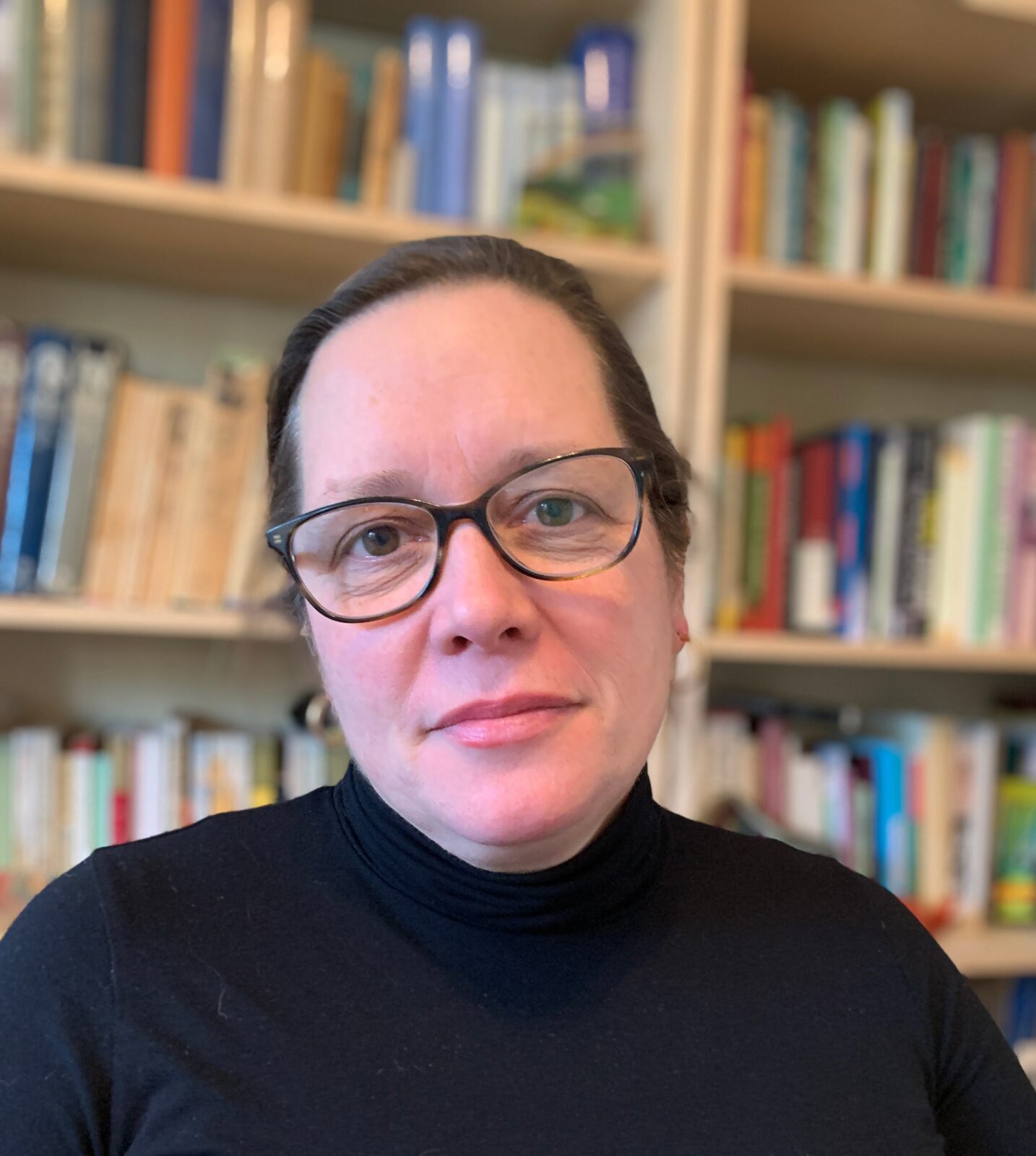
Anne Fernald
Anne Fernald
Anne Fernald is a professor of English and Women’s and Gender Studies at Fordham University. She is at work on a collective biography of modern women writers.
Photo Credit: Olivia Morgan
Featured Book
-
.
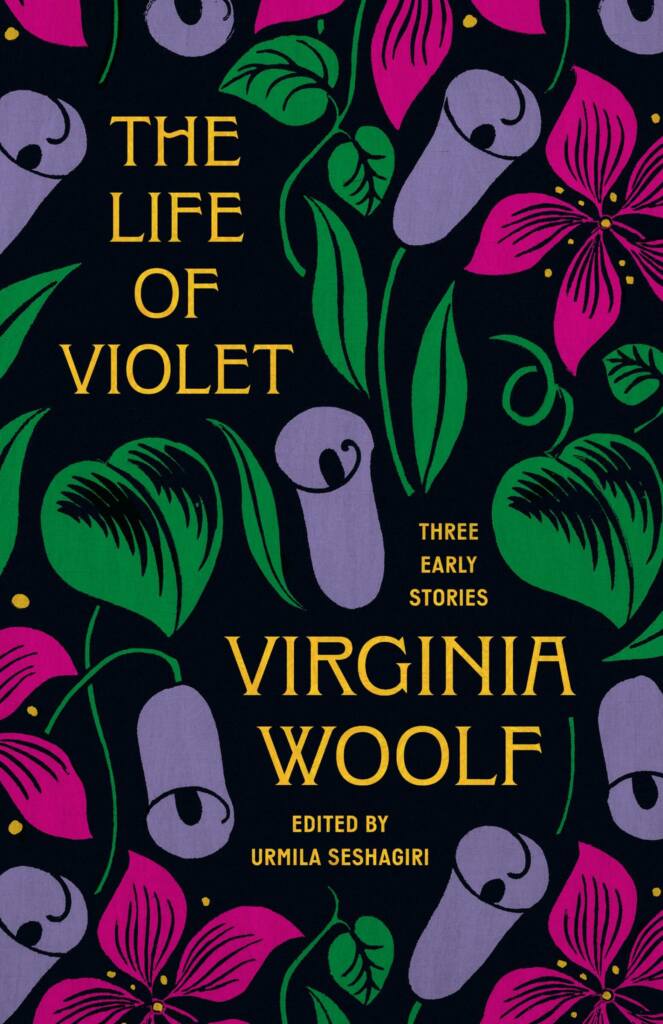
The Life of Violet
By Virginia Woolfe, Edited By Urmila Seshagiri
Published by Princeton University Press
In 1907, eight years before she published her first novel, a twenty-five-year-old Virginia Woolf drafted three interconnected comic stories chronicling the adventures of a giantess named Violet—a teasing tribute to Woolf’s friend Mary Violet Dickinson. But it was only in 2022 that Woolf scholar Urmila Seshagiridiscovered a final, revised typescript of the stories. The typescript revealed that Woolf had finished this mock-biography, making it her first fully realized literary experiment and a work that anticipates her later masterpieces. Published here for the first time in its final form, The Life of Violet blends fantasy, fairy tale, and satire as it transports readers into a magical world where the heroine triumphs over sea-monsters as well as stifling social traditions.
In these irresistible and riotously plotted stories, Violet, who has powers “as marvelous as her height,” gleefully flouts aristocratic proprieties, finds joy in building “a cottage of one’s own,” and travels to Japan to help create a radical new social order. Amid flights of fancy such as a snowfall of sugared almonds and bathtubs made of painted ostrich eggs, The Life of Violet upends the marriage plot, rejects the Victorian belief that women must choose between virtue and ambition, and celebrates women’s friendships and laughter.
A major literary discovery that heralds Woolf’s ambitions to revolutionize fiction and sheds new light on her great themes, The Life of Violet is first and foremost a delight to read.
This volume features a preface, afterword, notes, and photographs that provide rich historical, literary, and biographical context.

